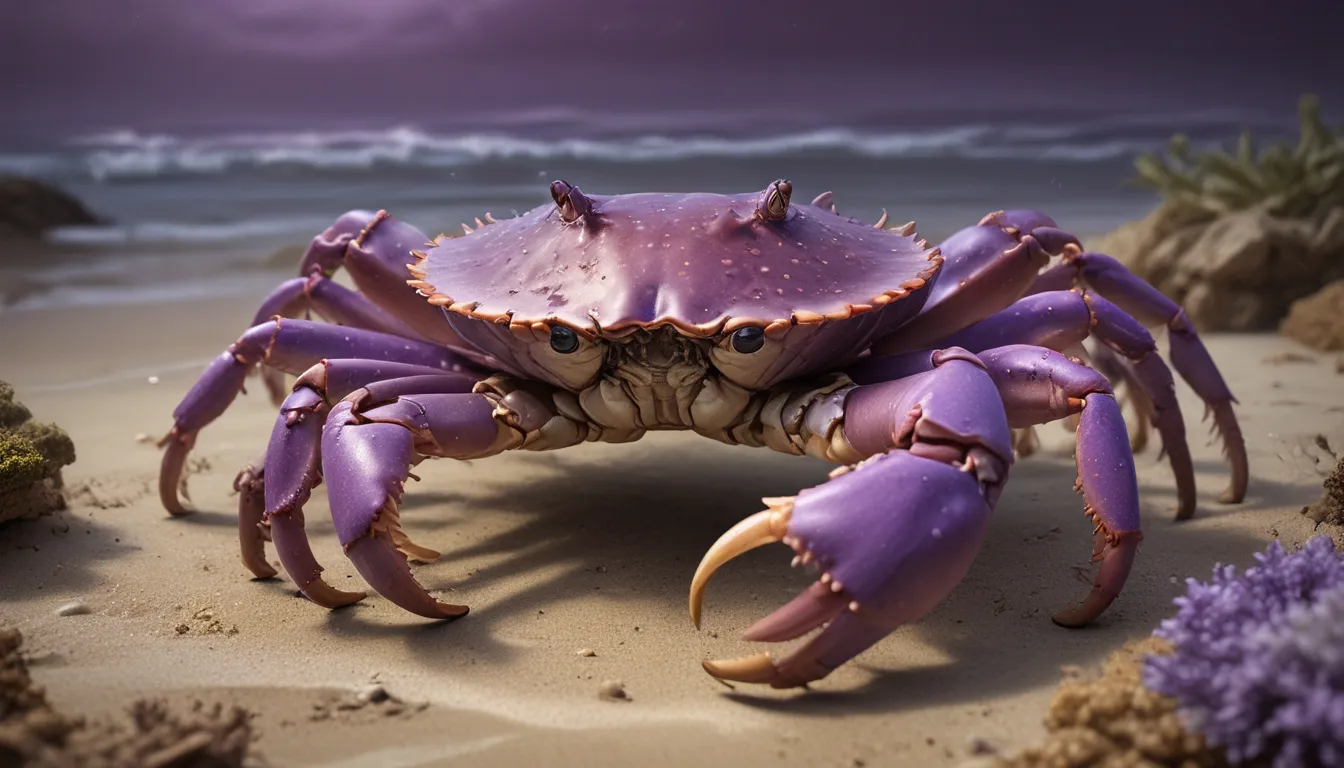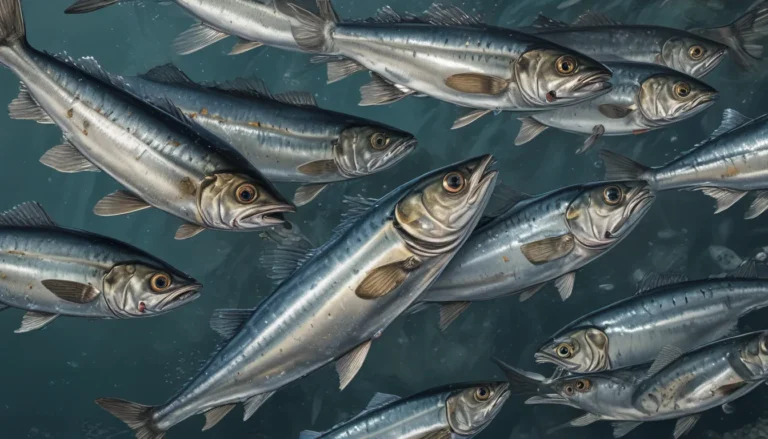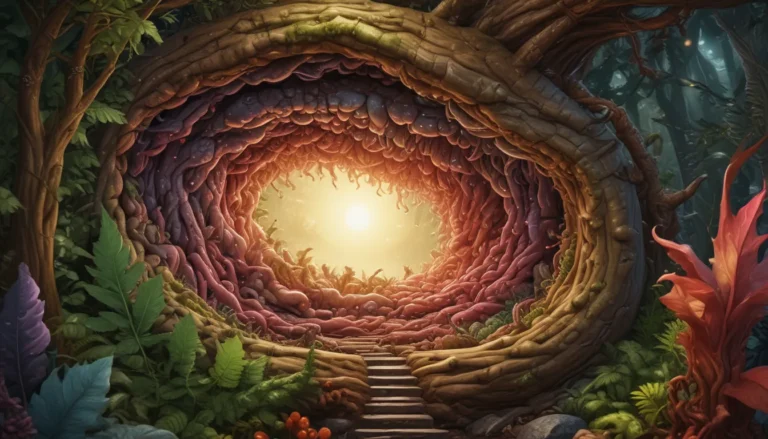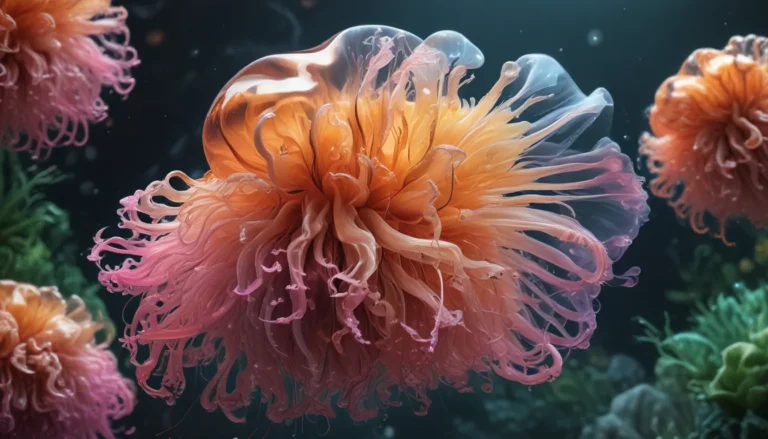The pictures we use in our articles might not show exactly what the words say. We choose these pictures to make you interested in reading more. The pictures work together with the words but don’t take their place. The words still tell you the important facts.
Are you ready to dive into the enchanting world of the purple shore crab? These small, colorful crustaceans found along rocky shores will captivate you with their vibrant hues and fascinating behavior. In this article, we will unravel 11 intriguing facts about these amazing creatures. From their distinctive purple coloration to their unique adaptations for survival, you will gain a deeper understanding of what makes purple shore crabs a marvel of the underwater world. So, let's grab our snorkels and explore the exciting realm of the purple shore crab!
Key Takeaways:
- Purple Shore Crabs are small, colorful, and masters of disguise, blending into rocky shorelines. They play a crucial role in their ecosystem by controlling populations and contributing to nutrient cycling. Despite their small size, Purple Shore Crabs have a big impact on their environment. Their unique traits and habits make them a fascinating subject for scientists and beachgoers alike.
A Splash of Purple
The Purple Shore Crab (Hemigrapsus nudus) gets its name from the vibrant purple coloration of its carapace, which is its hard outer shell. This striking purple hue sets them apart from other crustaceans and adds a pop of color to the rocky shorelines where they dwell.
Size Matters
These crabs are relatively small, with males reaching about 2 inches in width and females slightly smaller. Despite their small size, they pack a powerful punch when it comes to their ecological impact in their habitat.
Master of Camouflage
One of the most fascinating traits of the Purple Shore Crab is its ability to change its color to blend in with its surroundings. This remarkable camouflage helps them evade predators and stay hidden in the rocky intertidal zones where they reside.
Rocky Shore Dwellers
Purple Shore Crabs are commonly found along rocky shorelines in the Pacific Ocean, spanning from Alaska to California. Their adaptability to this harsh environment showcases their resilience and ability to thrive in challenging conditions.
Omnivorous Diet
These crabs are opportunistic feeders, consuming a wide variety of food ranging from algae to barnacles, mollusks, and even smaller crabs. Their diverse diet reflects their adaptability and resourcefulness in finding sustenance.
Strong Pincers
Their pincers are not only used for feeding but also for defense against predators and competition for mates. These sturdy claws come in handy when cracking open shells and securing their next meal.
Active Night Crawlers
Purple Shore Crabs are primarily nocturnal creatures, venturing out under the cover of darkness to feed and explore. Their nighttime activities reveal a different side to these elusive creatures and offer a glimpse into their mysterious behavior.
Unique Reproductive Cycle
These crabs undergo a complex reproductive cycle, with females carrying hundreds of tiny eggs under their abdomen until they hatch into miniature crabs. This intricate process highlights the resilience and adaptability of these fascinating creatures.
Long Lifespan
Purple Shore Crabs have a relatively long lifespan, with some individuals living up to 5 years in the wild. Their ability to survive and thrive in their environment showcases their resilience and adaptability to changing conditions.
Invasive Species
Due to human activities, Purple Shore Crabs have been introduced to areas outside their native range, sometimes becoming an invasive species and causing ecological disruptions. This highlights the importance of understanding the impact of human actions on natural ecosystems.
Important Ecological Role
Despite their small size, Purple Shore Crabs play a vital role in their ecosystem by controlling populations of small invertebrates and contributing to nutrient cycling. Their presence in the rocky intertidal zones is crucial for maintaining the delicate balance of their habitat.
Exploring the fascinating world of Purple Shore Crabs reveals a multitude of intriguing facts about these resilient and adaptive crustaceans. From their vibrant purple carapace to their unique reproductive cycle, these crabs have captivated the imaginations of both scientists and nature enthusiasts alike. Their ability to blend in with their surroundings, combined with their strong pincers and omnivorous diet, showcases their survival skills in the rocky intertidal zone.
While the invasion of Purple Shore Crabs into new habitats can have negative consequences, it is important to recognize their ecological significance. By consuming small organisms and participating in nutrient cycling, these crabs contribute to the delicate balance of their ecosystems.
In conclusion, the 11 Purple Shore Crab facts above shed light on the remarkable features and habits of these captivating crustaceans. Their unique characteristics and ecological role make them a fascinating subject of study for marine biologists and an intriguing sight for beachcombers along the Pacific shores.
FAQs About Purple Shore Crabs
1. What is the average size of a Purple Shore Crab?
The average size of a Purple Shore Crab is about 1 to 2 inches in diameter.
2. What do Purple Shore Crabs eat?
Purple Shore Crabs are omnivorous scavengers and feed on a variety of plant and animal matter, including algae, small crustaceans, and decaying organic material.
3. How long do Purple Shore Crabs live?
The lifespan of a Purple Shore Crab is typically around 3 to 4 years in the wild.
4. Are Purple Shore Crabs harmful to humans?
No, Purple Shore Crabs are not harmful to humans. They have small pincers and cannot cause any significant harm.
5. Where can Purple Shore Crabs be found?
Purple Shore Crabs are commonly found in coastal areas around the world, particularly in rocky intertidal zones.
6. Do Purple Shore Crabs have any predators?
Yes, Purple Shore Crabs have predators such as birds, fish, and larger crabs, which prey on them in their natural habitat.
7. How do Purple Shore Crabs reproduce?
Purple Shore Crabs reproduce through internal fertilization. The males perform elaborate courtship displays to attract females, and the females carry their eggs beneath their abdomen until they hatch into larvae.
8. Can Purple Shore Crabs survive outside of water?
Purple Shore Crabs are well-adapted to living in intertidal areas and can tolerate exposure to air for short periods of time. However, they are primarily aquatic creatures and require access to water for survival.
Our commitment to delivering trustworthy and engaging content is at the heart of what we do. Each fact on our site is contributed by real users like you, bringing a wealth of diverse insights and information. Trust in our commitment to quality and authenticity as you explore and learn with us.






